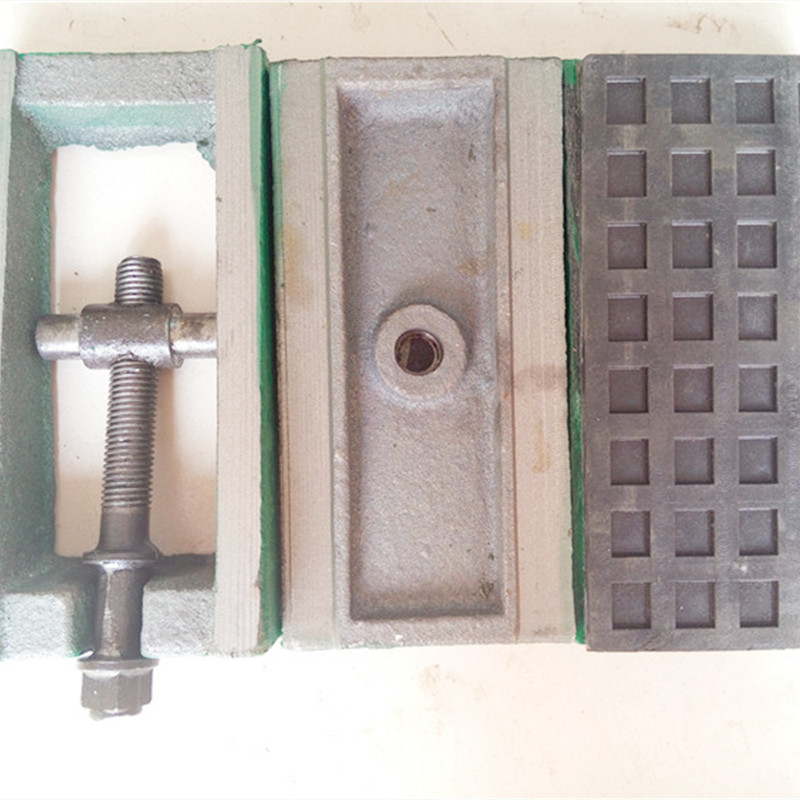Sep . 13, 2024 21:17 Back to list
hydraulic pilot operated check valve
Understanding Hydraulic Pilot Operated Check Valves
Hydraulic systems play a critical role in various applications, ranging from industrial machinery to mobile equipment. Among the key components that ensure these systems function effectively are hydraulic check valves. One notable type is the hydraulic pilot operated check valve, which offers enhanced control and reliability in hydraulic circuits.
What is a Hydraulic Pilot Operated Check Valve?
A hydraulic pilot operated check valve is a device that allows fluid to flow in one direction while preventing reverse flow. Unlike traditional check valves that depend solely on the pressure of the fluid, pilot operated check valves utilize a pilot signal—typically a small amount of fluid pressure from another source—to control the operation of the valve. This dual functionality allows them to provide precise control over fluid flow and make them particularly useful in applications where there is a need for load-holding capabilities.
How Does It Work?
The operation of a hydraulic pilot operated check valve can be broken down into two main conditions flow in the forward direction and flow in the reverse direction. When hydraulic fluid enters the valve from the inlet port, it acts on the main spool or poppet, allowing flow to proceed to the output side. This is the normal operating mode where the valve is fully open, allowing the hydraulic system to function efficiently.
In cases where reverse flow is attempted, the pilot signal comes into play. A differential pressure is created, which prevents the main valve from opening. This ensures that even if there is a drop in system pressure, the hydraulic load is held securely, preventing any backflow that could lead to system failures or uncontrolled movement. This feature is particularly vital for dynamic loads, like those found in cranes or excavators.
Advantages of Hydraulic Pilot Operated Check Valves
hydraulic pilot operated check valve

1. Enhanced Control By allowing for pilot-operated control, these valves can manage loads more precisely compared to non-pilot check valves, making them ideal for sensitive applications.
2. Safety Their ability to hold loads even in the event of pressure drops enhances safety, significantly reducing the risk of accidents due to unexpected fluid movement.
3. Space Efficiency Pilot operated check valves can be combined with other hydraulic components, minimizing the space required in hydraulic circuit assemblies.
4. Reduced Leakage The design typically results in lower leakage compared to conventional check valves, ensuring better system efficiency and lower operational costs.
Applications
Hydraulic pilot operated check valves are widely used in various industries, including construction, automotive, and aerospace. They are particularly beneficial in systems that require stable lifting, lowering, or positioning of heavy loads. Their reliability and enhanced performance metrics make them a crucial component in designing modern hydraulic systems.
In summary, hydraulic pilot operated check valves are essential components in hydraulic systems, offering benefits in terms of control, safety, and efficiency. Understanding their functionality and advantages can lead to better design and operation of hydraulic circuits, ultimately leading to improved system performance.
-
Thread Plug Gauge Our Promise of Measurement ExcellenceNewsAug.22,2025
-
Gauge Pin Class Reflecting Quality LegacyNewsAug.22,2025
-
Check Valve Types for High Rise BuildingsNewsAug.22,2025
-
Water Control Valve for Irrigation SystemsNewsAug.22,2025
-
Gate Valve with Soft Seal TechnologyNewsAug.22,2025
-
Y Type Strainer for Oil and Gas ApplicationsNewsAug.22,2025
Related PRODUCTS









